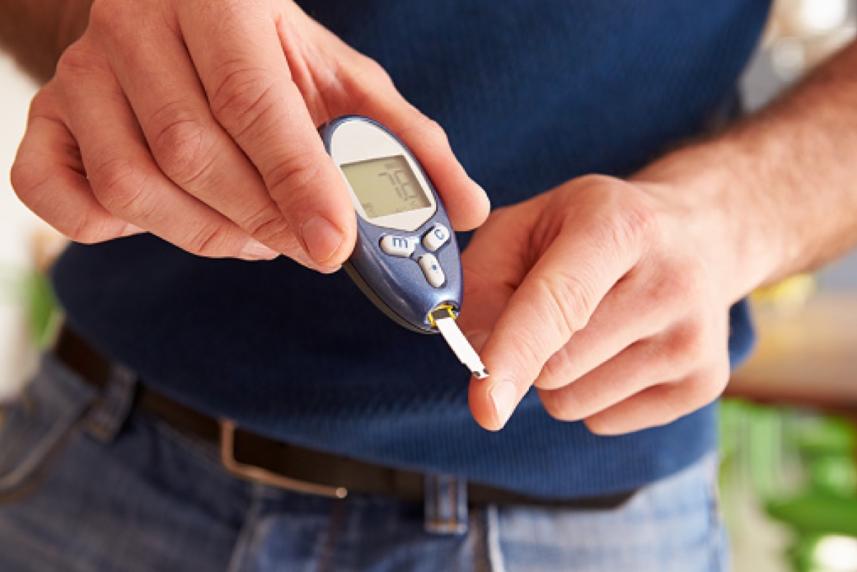Quick quiz: Do you know the signs of high and low blood sugar?
What you know about blood sugar may help save someone’s life

Glucose, or blood sugar, is your body’s fuel. Just like a car needs the right fuel to function properly, when your glucose is too high or too low, it can cause glitches. High blood sugar, otherwise known as hyperglycemia, can lead to a host of conditions, including high blood pressure, heart disease, and kidney failure. Low blood sugar, called hypoglycemia, can cause mild symptoms, such as lightheadedness, or more serious health concerns, such as seizures or coma.
Knowing the symptoms of high and low blood sugar can help you or a loved one avoid more serious complications.
1. For those with high blood sugar, cuts and bruises heal...
A. With serrated edges.
B. Slowly.
C. With a bright scar.
D. Very quickly.
Answer: B. High levels of blood sugar can affect circulation, constricting blood vessels and slowing down the flow of blood. The reduced circulation impedes the body’s ability to produce the new skin cells that are needed for healing. High blood sugar can also slow down the body’s immune system, making infection more likely.
2. Which of the following mood-related symptoms indicate hypoglycemia, or when your blood sugar (glucose) level is lower than normal?
A. Irritability or impatience
B. Confusion
C. Anger, sadness, or stubbornness
D. Sleepiness and nightmares or crying out during sleep
E. All of the above
Answer: E. Blood sugar is vital to the normal functioning of the brain, so hypoglycemia can affect your mental state.
3. Symptoms of high or low blood sugar will always be noticeable.
A. True
B. False
Answer: B. Symptoms of high or low blood sugar can be so mild that they go unnoticed. For most people, checking blood glucose every three years is enough. If you are a woman who had gestational diabetes during pregnancy or if you have prediabetes, get tested once a year.
4. What vision symptom is sometimes present with high or low blood sugar?
A. Bright circles of blue light
B. The ability to see in the dark
C. Blurred vision
D. Itchy eyelids
E. None of the above
Answer: C. An early effect of hypoglycemia and hyperglycemia is fluid buildup in the eyes, which causes the lens to swell and temporarily change its shape. The resulting blurred vision subsides once sugar levels are under control. Hyperglycemia can also lead to diabetic retinopathy, in which blood vessels leak and cause fluid to accumulate in the retina. The longer you live with uncontrolled blood sugar levels, the greater the chance of permanent vision damage.
5. Hyperglycemia and hypoglycemia share many similar symptoms. Which ones are common between the two ailments?
A. Hunger
B. Weakness
C. Fatigue
D. Confusion
E. All of the above
F. None of the above
Answer: E. Low and high blood sugar can affect many bodily functions. A blood glucose reading below 70 milligrams per deciliter (mg/dL) is hypoglycemic. A fasting blood glucose reading of more than 100 mg/dL may indicate high blood sugar, possibly prediabetes or diabetes.


